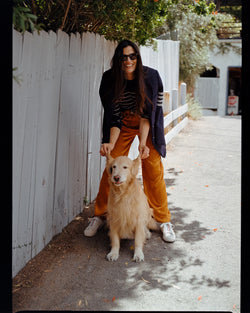In March, the final days of winter break perpetually longer and brighter over a thawing landscape of terrestrial inhabitants who reside at Worlds End, a farm situated at the 42nd parallel North, where the earth's rotational speed is roughly equal to the speed of sound. We enjoy a full four seasons; though not evenly distributed. The wintering type fare well here, I myself tolerate it poorly in exchange for the high drama of what the locals call a fast and furious growing season. For us, that season includes a diversified homestead including but not limited to; a cut flower and vegetable production, 15 laying hens, about 200 broilers (better known as meat chickens), and a flock of 20 Icelandic sheep kept for fiber and meat.
The land is 107 acres and sits in a swath of rocky clay soil in the Mohawk Valley of New York State, 30 miles West of Albany. The Mohawk Indians called themselves ‘people of the flint’ and were known as fierce warriors. They were semi-nomadic and lived in matriarchal linked communities of 20 or so families. Sometime in the early 17th century the Mohawk helped form the Iroquois Nation; a peaceful agreement between the Oneida, Onondaga, Cayuga, and Seneca tribes — an organization on which the early Americans based their new political system (after they massacred or displaced the native peoples that inspired them.)
The farmhouse at Worlds End farm, built around 1825 in the Greek Revival style popular at the time, is fully intact and after ten years of constant repair and haphazard stabs at decoration, is livable by modest modern standards. This includes new wiring, a working stove (we cooked outside on a gas grill for the first 9 years) and some Farrow and Ball paint.









































